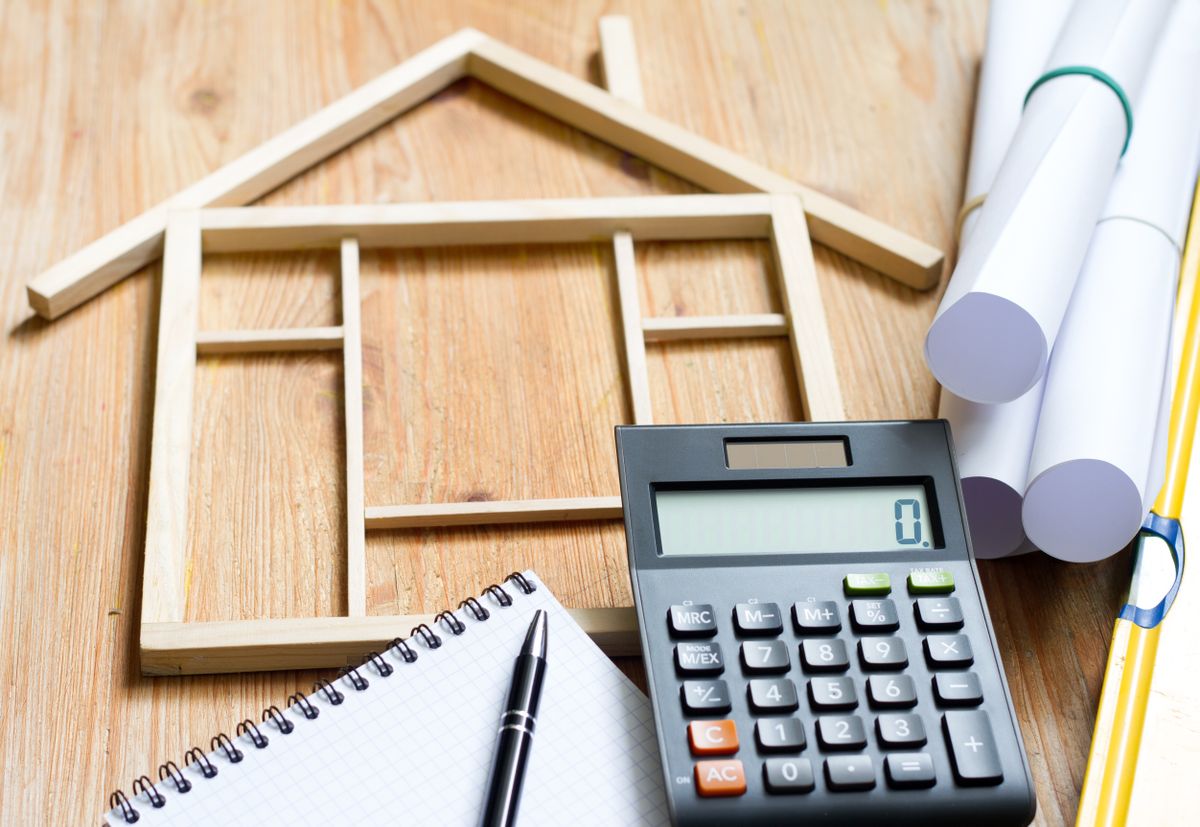
After months of lockdown during the pandemic, many have become aware of the failings of their homes. Whether you want a cosmetic update or think your home may have a more serious problem, how to pay for a renovation might be your main concern.
We asked Todd Nelson of home improvement lender LightStream for suggestions on how to decide what projects to do and how to stretch your budget without derailing your long-term financial plans.
“Rather than procrastinate because you don’t know what to do first, it’s best to prioritize your projects,” Nelson wrote in an email. “If you’re not sure about the condition of your home, consider having your home assessed by a licensed home inspector. Tackle structural and mechanical system issues as soon as possible to ensure your home’s physical integrity and safety as well as to prevent costly repairs in the future.”
While hiring a home inspector might cost several hundred dollars, it could be a worthwhile expenditure if you purchased the house years ago and haven’t had any inspections since then.
Homeowners often delay their improvement projects because of a lack of funds, wrote Nelson, who suggests comparing and possibly combining the following payment options:
Savings: Tapping savings to pay for renovations is the least expensive option because you don’t need to borrow or pay carrying costs. In doing so, however, make sure to leave cash on hand to maintain an emergency fund, cover ongoing expenses, pay down existing debt and continue contributing to future goals such as retirement savings or college tuition, Nelson wrote.
Credit cards: Given the high interest rates often charged by credit cards, if you don’t know how or when you’ll pay off this debt, you can wind up paying significantly more for your projects, Nelson wrote.
Consumer loans: Online financing with a personal loan is a solution that can be used to completely pay for a home renovation or be combined with other options to make a budget go further. LightStream, for example, has an online process where you submit a brief application and, if approved, can receive funds as soon as the day you apply at low fixed rates and with no fees, Nelson wrote.
Home Equity Line of Credit: If you’ve accrued at least 15% to 20% equity in your home, you might be able to borrow against its increased value. A HELOC is a variable rate bank loan where the amount available is determined through an appraisal that assesses the current value of the home and what is owed on the property, Nelson wrote.
Compare the payment plans, fees and interest rates on all these options to determine which one or which combination of options will fit your budget best.
“No matter what type of work you’re considering, get written estimates from multiple licensed contractors,” Nelson wrote. “Execute a written contract outlining every aspect of the project, its costs and the timeline to complete the work. Make sure to receive written proof that the people you hire carry appropriate insurance. With prioritized projects, funding and contracts in place, 2020 can be the year to create the home you’ve always envisioned.”
"pay" - Google News
September 06, 2020 at 12:02AM
https://ift.tt/335CDeS
Four ways to pay for home renovations - The Spokesman-Review
"pay" - Google News
https://ift.tt/301s6zB
Bagikan Berita Ini














0 Response to "Four ways to pay for home renovations - The Spokesman-Review"
Post a Comment